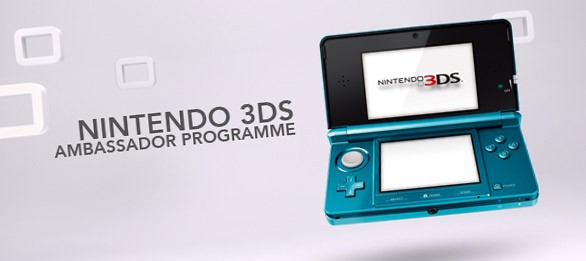Elements That Create Effective Learning Games

Most technology-aided learning enthusiasts are eager to get their hands dirty with game creation to produce successful learning games for usage in corporate settings. Learning how to build appropriate mechanics or rules and incorporate meaningful game features is required for creating successful game-based learning.
Making Effective Learning Games with Gaming Elements
Digital games offer the ability to create active and engaging learning environments, facilitating problem-solving and practice-based learning. This is true for both K-12 kids and seasoned corporate learners. With game-based learning, students may play, explore, experiment, and learn all at the same time. . However, adopting learning games necessitates a rethinking of the learning objectives, a new model for task ownership, complex structures for learner assistance, new ways of evaluating learners, and a slew of technology integration challenges. So, how does one go about creating successful learning games?
There are characteristics in games that help to immerse us in the gaming experience. If the game is being built for commercial objectives, the main goal is to provide enjoyable game mechanics and engaging game elements. However, while attempting to build effective learning games, the game mechanics and game elements used must match the learning goals.
Here are a few game mechanics that can be used to create successful learning games:
- Conflict.
A game must include some type of conflict to create a task for the player to overcome to be engaging. A physical obstacle, conflict with another player, or a problem to complete could be the challenge. Different sorts of conflict can be included in game-based learning. Designers can include a conflict that emerges with other players, pitting learners against one another. A problem that all players must work together to conquer can also be used to foster a sense of collaborative learning. To generate excitement, learners can be pitted against the game itself. Designers can also reflect real-world tensions that learners can learn to deal with, such as quality vs. time limits or quality versus budget. This enables learners to establish necessary abilities in their daily work lives.
- Chance and strategy
Strategy-based games provide players with a lot of power in the form of decisions they can make that affect game play or their chances of accomplishing the goal. Games that rely largely on chance, on the other hand, place the player in a highly reactive position with little control over the outcome. Serious games should integrate a bit of strategy and chance within the design to make it interesting for the greatest learning delivery. The majority of issues that corporate personnel face at work are multi-layered. The challenge players face in the game may be based on chance, but the solution they devise may include an element of strategy. The combination of chance and strategy gives the students something to do while also providing needed relief.
- Aesthetics.
Most experienced game developers would agree that aesthetics are constantly rated as a high appeal area. Aesthetics can draw people into a game on their own. Visuals are a great tool for engaging players and immersing them in the gaming experience. Aesthetics are an important aspect of the gaming experience. The temptation with learning games is to cut corners on aesthetics without considering the impact on the game’s learning potential. Even if the emphasis on aesthetics in instructional games is lower than in entertainment games, some visual appeal is required in learning games as well. If there are financial constraints that do not allow for a specialist graphics designer for the game, web resources can be used to include appropriate aesthetics into it. Here are a few examples:
o OpenGameArt: Graphics packages are available for download and use in digital games.
o Game Templates: Cut out persons, images, and some “game” templates.
- Story and theme
A theme can increase interest and involvement in a learning game. The topic can be communicated through pictures and a small “back narrative” contained in the regulations. When themes are included in games, there is frequently no supporting story flowing through the game. Thematic elements are employed to express a theme’s idea with a little story. To make a learning game more fascinating, a whole storyline might be incorporated. The story provides a narrative thread that runs throughout the game. Learners find it considerably easier to recall information when they are part of a narrative rather than merely memorizing facts without any “story” or context. It is critical to remember that a powerful tale has the four qualities listed below when developing a storyline for effective learning games. While creating a string tale within a game requires significant time and creative thinking, it is well worth the effort.
- Characters.
- Plot: For a story to exist, something must occur.
- Tension is frequently associated with conflict.
- Resolution.
- Prizes.
Players acquire rewards (items or keepsakes) through gameplay. The latest trend in learning games and gamification of learning is to provide players with awards for completing specific tasks or reaching specified milestones. There is a widespread trend toward providing numerous prizes, but game designers must use them wisely. A common method is to reward users for accomplishing tedious or menial chores that are required within the game. It is also critical to award prizes or points based on performance rather than completion. Giving someone a badge for completing a part, for example, may motivate learners to complete the game even if they do not comprehend the ideas. However, if a reward is given for completing a segment to a specified level of skill, it will inspire students to give their all. A score is a strong feedback feature within a game. The gamers should understand how to gain points or other incentives, as this would inspire them to play and learn better.
Finally, game mechanisms used to develop effective learning games should improve the gaming experience while also contributing to the learning experience. Choosing the best one among various game aspects entails a process of testing and modifying – which will result in the production of a successful learning game.





